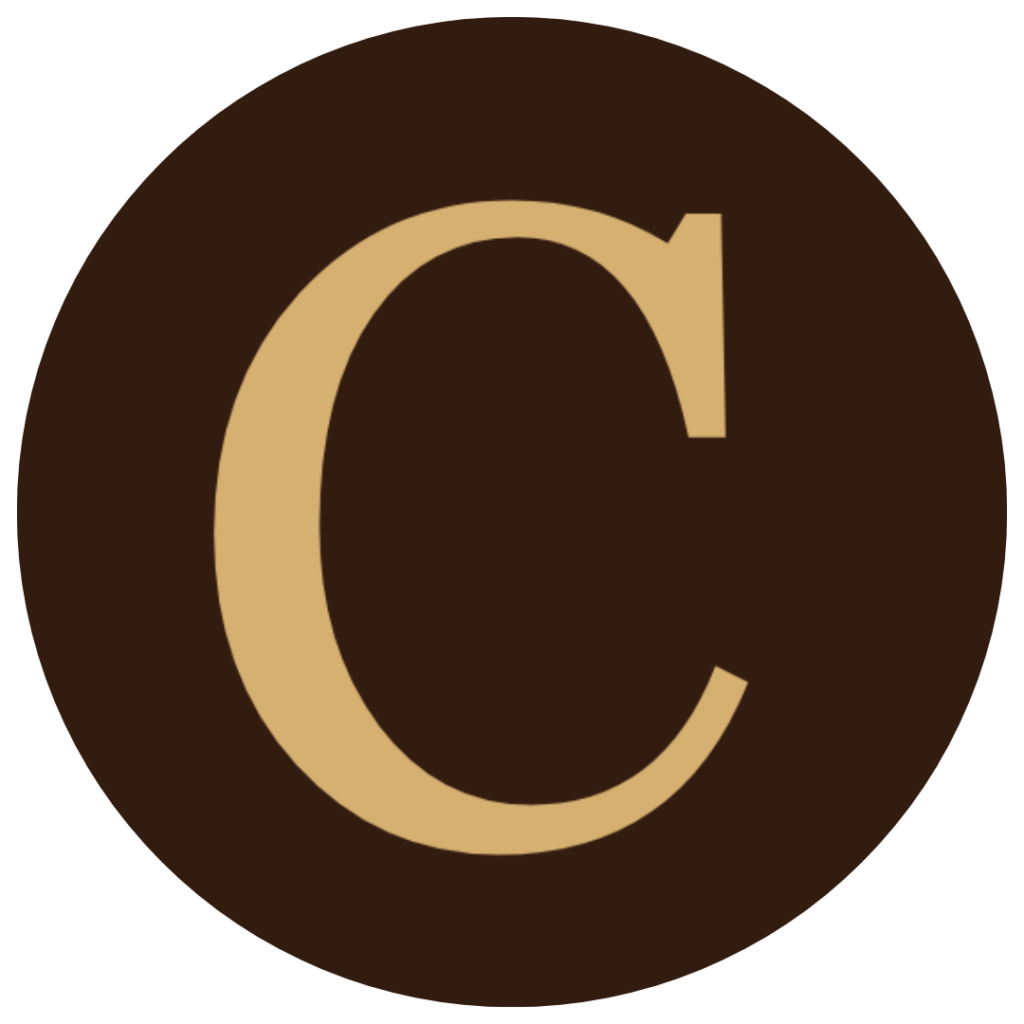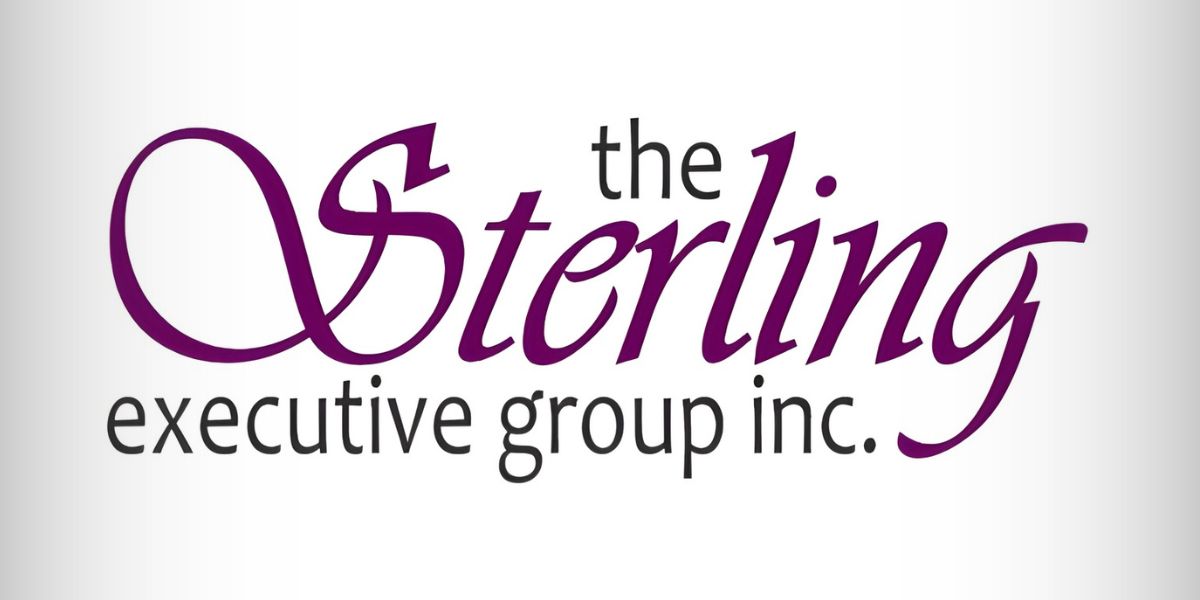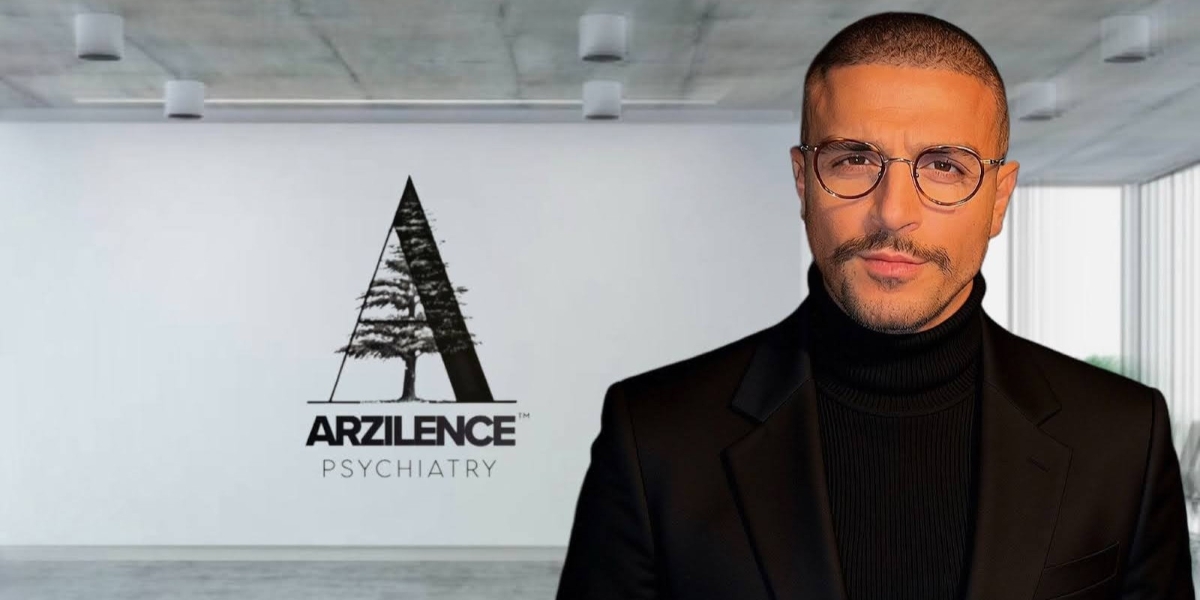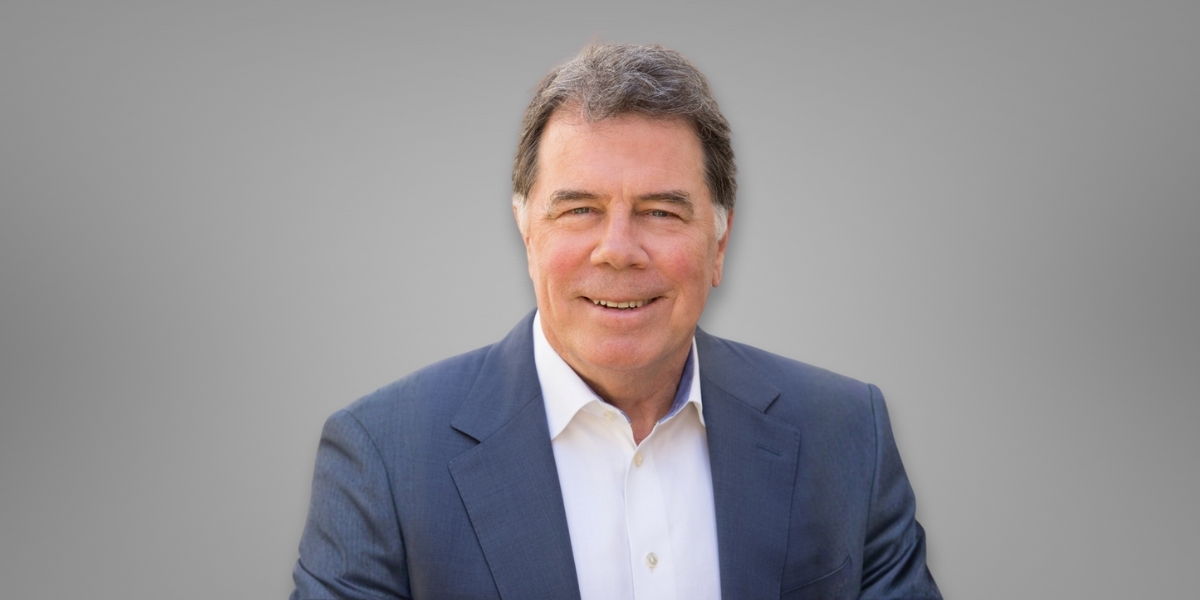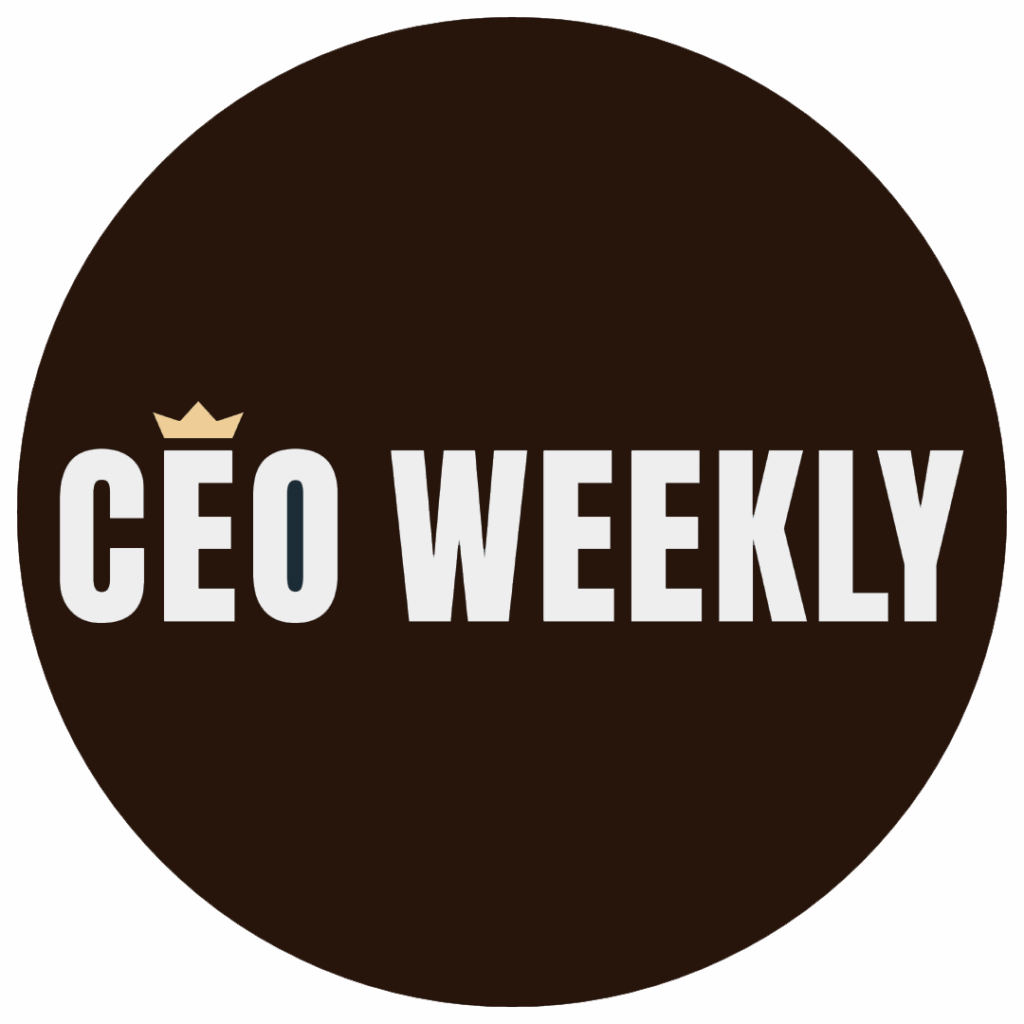Robert Kiyosaki didn’t just challenge conventional thinking, he reframed it. In Rich Dad Poor Dad, the bestselling author and entrepreneur introduced millions to the idea that wealth isn’t built by saving, it’s built by understanding money. But one of his most enduring and controversial lessons centers on debt. Not as a trap. Not as a burden. But as a strategic tool.
Kiyosaki has publicly stated that he carries over $1.2 billion in debt, much of it tied to real estate and business ventures. To most people, that sounds reckless. To him, it’s leverage. “I use debt to buy assets,” he told Yahoo Finance in 2023. “The poor and middle class use debt to buy liabilities.”
That distinction, between assets and liabilities, is the foundation of his philosophy. And it’s why so many entrepreneurs still turn to his playbook when navigating financial risk. But beneath the admiration lies a deeper question: Is Kiyosaki’s debt philosophy a blueprint for modern entrepreneurship, or a high-stakes gamble that only works for those already holding the cards?
Debt isn’t the enemy, it’s the strategy
Kiyosaki’s approach to debt is rooted in a simple but powerful idea: not all debt is created equal. He separates “good debt” from “bad debt.” Bad debt is used to buy things that lose value, cars, clothes, gadgets. Good debt is used to acquire assets that generate income, rental properties, businesses, intellectual property.
“Most people are taught to get out of debt,” he said in a 2024 episode of The Rich Dad Radio Show. “I say, learn how to use it.”
That mindset mirrors how many high-growth companies operate. Startups use credit lines, venture capital, and structured debt to scale. Real estate investors use mortgages to build portfolios. Even Fortune 500s use debt to fund acquisitions and expand market share. Kiyosaki’s point is simple: debt isn’t the problem. Ignorance is.
Still, the simplicity of the “good vs. bad” debt framework raises eyebrows. In volatile markets, even income-generating assets can become liabilities. So while the strategy is sound in theory, its success may hinge on timing, access, and experience, not just mindset.
Entrepreneurs are listening, for good reason
Kiyosaki’s message resonates with founders because it reflects the reality of building something from scratch. Bootstrapping has its place, but growth often requires capital. And capital, more often than not, comes with strings.

In a 2025 feature by Business Insider, Kiyosaki emphasized that most people are trained to think like employees, not owners. “Employees want security,” he said. “Entrepreneurs want freedom. And freedom requires financial education.”
That framing hits home for executives who’ve had to make tough calls, whether it’s taking on debt to expand operations, acquire a competitor, or weather a downturn. But it also invites scrutiny: Can early-stage founders afford to think like billion-dollar strategists? Or is this mindset only viable once a business has already built a cushion?
The tax code rewards the informed
One of Kiyosaki’s most provocative claims is that debt can reduce your tax burden. It’s not a loophole, it’s how the system works. Business debt tied to income-generating assets often comes with deductions: interest payments, depreciation, operational expenses.
He’s quick to point out that the wealthy don’t just earn, they structure. They use debt to buy assets, then use those assets to generate income, all while minimizing taxable exposure. “The more debt I have,” he said, “the less tax I pay.”
This isn’t just theory. Kiyosaki’s own portfolio includes commercial real estate, oil ventures, and educational platforms, all funded, in part, by debt. His success isn’t just about what he owns, it’s about how he acquired it.
For executives managing capital-intensive businesses, this approach isn’t radical, it’s familiar. Debt, when used strategically, can preserve equity, improve liquidity, and unlock growth. The key is knowing when and how to use it.
But for small business owners or solo founders, the question becomes more nuanced: Can this level of financial engineering be scaled down, or is it a game built for those with institutional access?
Critics raise valid concerns, but miss the nuance
Kiyosaki’s views on debt have drawn criticism, especially from financial advisors who advocate conservative budgeting. They argue that promoting debt as a wealth-building tool can be dangerous for those without a strong financial foundation.
And they’re not wrong, debt can spiral quickly if misused. But Kiyosaki doesn’t suggest everyone should borrow recklessly. He emphasizes education first. His message isn’t “go into debt”, it’s “understand how debt works before you decide.”
“If you don’t know what you’re doing, debt will destroy you,” he said in a 2025 interview with The Real Estate Guys Radio Show. “But if you do, it’s the fastest way to grow.”
That nuance is often lost in soundbites. And it’s where the debate intensifies: Is Kiyosaki empowering entrepreneurs to think bigger, or encouraging risk that only the financially elite can afford to take?
Debt as a business lesson, not a shortcut
What makes Kiyosaki’s story compelling is that he’s lived the lessons he teaches. He’s made money, lost money, and rebuilt. His use of debt isn’t theoretical, it’s operational. And that’s why so many entrepreneurs, investors, and even skeptics continue to engage with his ideas.
In a financial climate where access to capital is tightening, Kiyosaki’s framework offers clarity. It’s not about fear, it’s about fluency. Entrepreneurs who understand debt, not just avoid it, are often better positioned to scale, pivot, and seize opportunity.
But the real tension isn’t whether debt works, it’s who it works for. Is this a universal framework for building wealth, or a high-stakes strategy that only pays off when you already have leverage?
The mindset behind the math
Kiyosaki’s philosophy isn’t just about numbers, it’s about mindset. He believes most people are trained to fear debt because they’re taught to think like employees, not owners. Employees prioritize stability and security. Owners prioritize control and cash flow.
This mental shift is central to his broader message: that financial freedom comes from building assets, not just earning a paycheck. And sometimes, building those assets requires taking on debt, not recklessly, but intentionally.
He often points out that banks reward borrowers who understand leverage. “The more debt I have,” he said, “the less tax I pay.” That’s not a loophole, it’s a strategy rooted in how the tax code treats business expenses and depreciation.
But again, the question persists: Can this mindset be adopted by the average entrepreneur, or is it a luxury of those already operating at scale?
Lessons for the next generation of founders
Kiyosaki’s influence isn’t waning. His books continue to sell, his podcast remains popular, and his philosophy is being adopted by a new wave of digital entrepreneurs, real estate investors, and content creators.
What’s changed is the context. Today’s founders are navigating inflation, rising interest rates, and tighter lending standards. Debt is no longer cheap, and that makes Kiyosaki’s lessons more relevant, and more controversial, than ever.
For some, his approach offers a roadmap. For others, it’s a cautionary tale. But either way, it’s a conversation worth having.
The boardroom debate continues
Executives and founders aren’t just asking whether Kiyosaki’s philosophy works, they’re asking who it works for. Is it a scalable strategy for modern entrepreneurship, or a high-stakes gamble that only pays off when you already hold the cards?
That’s the tension at the heart of Kiyosaki’s legacy. And it’s why his lessons continue to spark debate in boardrooms, investor circles, and startup accelerators alike.
Disclaimer:
This article is for informational purposes only and does not constitute financial advice. Readers are encouraged to consult with licensed financial professionals before making decisions related to debt, investment, or business strategy. Robert Kiyosaki’s views are his own and may not apply to all financial situations. CEO Weekly does not endorse any specific financial approach or product.



